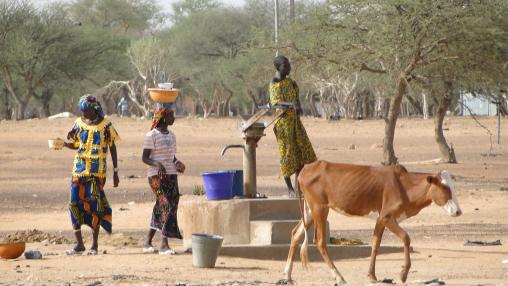
Land, climate, energy, agriculture and development in the Sahel
At an online event on January 19, 2021, researchers from national research institutes and universities in the Sahel region and Germany, namely the Agrhymet Regional Centre of the Permanent Interstate Committee for Drought Control in the Sahel (CILSS) in Niger and the Center for Development Research at the University of Bonn (ZEF) in Germany launched a series of national cases studies*) and a regional synthesis report on rural development, agricultural livelihoods and job creation in the Sahel region.
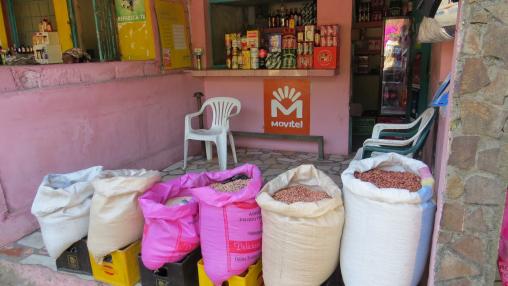
Acute Food Insecurity Rising: 2020 GRFC Mid-Year Update
By: Sara Gustafson
In 2019, as many as 135 million people across 55 countries required urgent food, nutrition, and livelihood assistance, according to the 2020 Global Report on Food Crises . This was the highest global number of acutely food-insecure people on record. The GRFC’s mid-year update , released in early October, takes a look at recent data for 26 of those countries (plus Togo) and specifically examines the impacts of the COVID-19 pandemic.
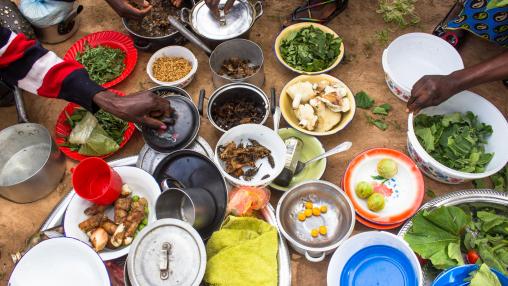
Interconnections in Sustainable Food Systems, Food Security, and Policies
By Obayelu Abiodun Elijah and Obayelu Oluwakemi Adeola
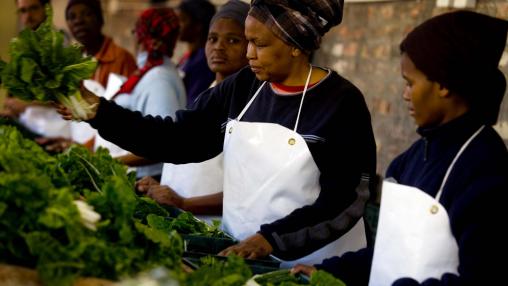
2020 State of Food Security and Nutrition Report
Hunger continues to be on the rise in Africa south of the Sahara, according to the 2020 State of Food Security and Nutrition in the World (SOFI) Report , released in mid-July.
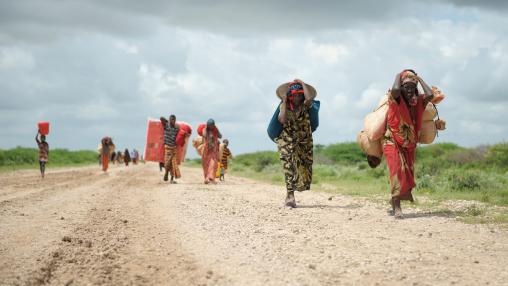
Conflict, weather drive acute hunger
An estimated 73 million people in Africa faced acute levels of hunger and food insecurity in 2019, according to the 2020 Global Report on Food Crises, released this week. The continent accounted for 54 percent of the global total of severely food-insecure people. As the COVID-19 pandemic continues to spread around the world, developing countries in the region will likely see even further disruptions to food access. These disruptions will compound existing food crises and potentially create new ones.
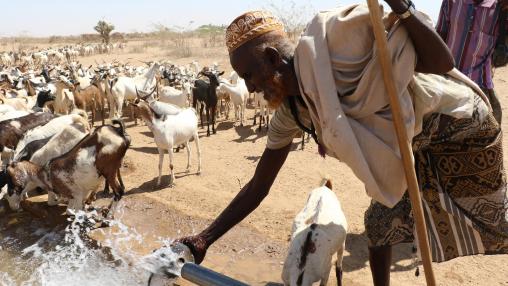
Increasing resilience to climate shocks
This post originally appeared on IFPRI.org .
By Claudia Ringler and Turhan Saleh
Extreme weather events and other climate change-linked disasters have devastated communities globally: Be it cyclones along the coast of Southern Africa, flooding in parts of Canada, drought-induced wildfires in California, or the recent El Niño (ENSO) induced drought in Eastern and Southern Africa that affected 60 million people.
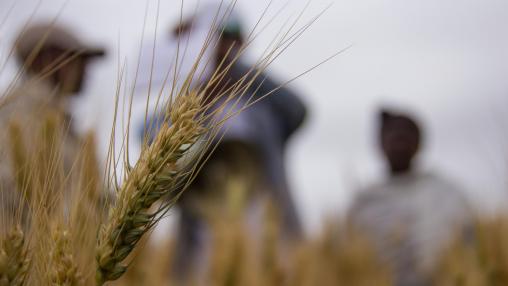
Direct Seed Marketing in Ethiopia
By: Swati Malhotra, IFPRI
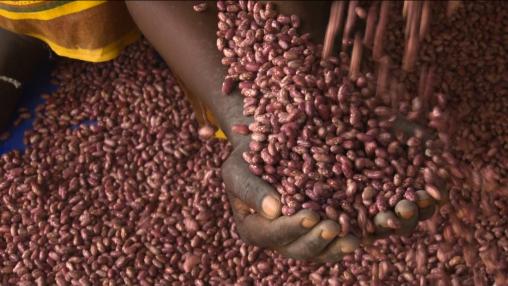
Value chains for improved nutrition
Populations around the world continue to struggle with malnutrition – both undernourishment and overweight/obesity – and climate change may exacerbate the problem. In addition to reducing overall agricultural yields, higher temperatures and erratic precipitation could increase spoilage of nutritious and perishable foods like fruits and vegetables. Climate change could even make foods themselves less nutritious; increased CO2 levels can reduce the protein content of certain crops, such as soybeans and grains.
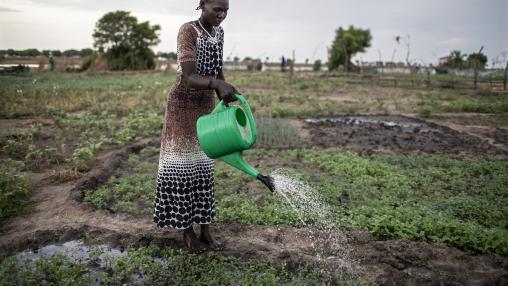
Investing in rainfall research in the Sahel
This post originally appeared on the IFPRI-WCAO blog.
The prolonged heatwave of summer 2018 has devastated crops across Europe, leaving some countries facing their worst harvests since the end of World War II.
The hot temperatures and lack of rainfall, especially in central and Eastern Europe, has forced major exporting countries to import food for the first time in decades. Some countries are facing rising food prices as a result, while others, such as the UK, experience fruit and vegetable shortages in supermarkets.

Incentives for conservation agriculture adoption
This post originally appeared on the IFPRI.org blog .
B Andrew Reid Bell, Patrick Ward, Lawrence Mapemba, Tim Benton, Klaus Droppelmann, Jennifer Zavaleta Cheek, Frazer Mataya, and Oliver Pierson